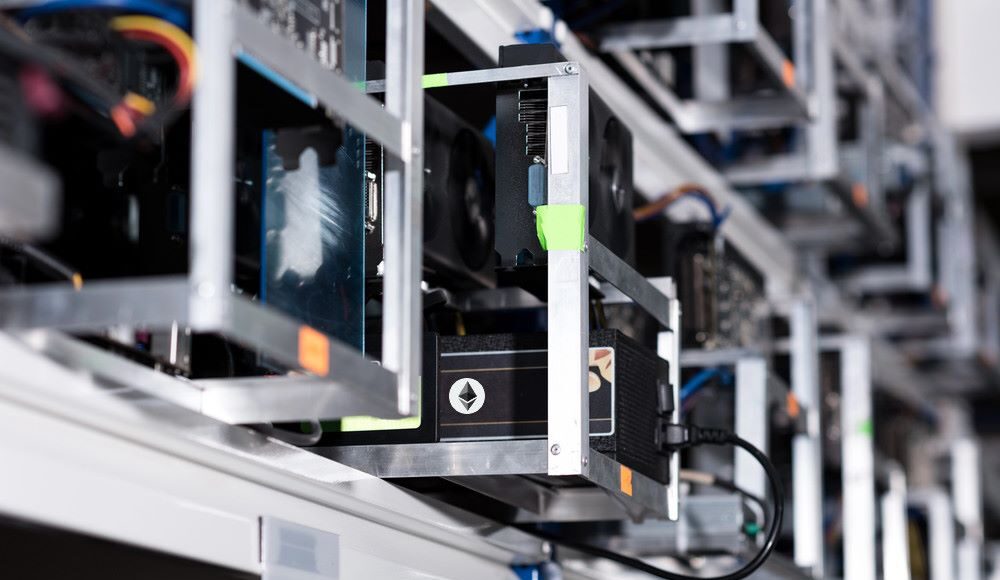Ethereum’s long-planned Fusaka hard fork has successfully gone live on its final Hoodi testnet. This is the last major milestone before mainnet activation, expected around December 3, 2025. The upgrade introduces Peer Data Availability Sampling (PeerDAS) and other protocol enhancements to improve scalability and cutting Layer-2 transaction costs. It will also prepare the network for the next phase of Ethereum’s roadmap.
What the Fusaka Upgrade Does
The Ethereum Fusaka hard fork is a scheduled protocol upgrade, not a contentious chain split. It bundles several Ethereum Improvement Proposals designed to expand throughput and reduce the cost of posting rollup data.
- EIP-7594 (PeerDAS) allows validators to sample only small fragments of transaction data instead of downloading full “blobs.” This dramatically lowers bandwidth requirements and speeds up verification.
- EIP-7825 and EIP-7935 tweak gas and blob-capacity parameters, fine-tuning the efficiency gains.
Together, these changes reinforce Ethereum’s Layer-2 scaling architecture. They will give networks such as Arbitrum, Optimism, and Base more room to grow while lowering fees for end users.
>>> Read more: Ethereum Pectra Update – Enhancing Network Capacity
How It Was Tested
Before heading to mainnet, developers staged Fusaka through a three-step test process:
- Sepolia — the stable, lightweight network used to verify basic upgrade logic.
- Holesky — a large-scale rehearsal simulating mainnet’s full validator set and traffic conditions.
- Hoodi testnet — the final dress rehearsal confirming validator coordination and data-availability performance.
The Ethereum Fusaka upgrade encountered no major bugs or re-org events on Hoodi, convincing client teams that the codebase is ready for deployment.
Why It Matters for Users and Developers
At its core, Fusaka reshapes how Ethereum handles data. Rollups are Layer-2 networks, such as Arbitrum, Optimism, and Base, that bundle thousands of transactions off-chain and post a compressed proof to Ethereum. These rollups rely on mainnet bandwidth to publish that data. By separating data availability from execution through peer data availability sampling, rollups can publish more information per block without congesting the mainnet. That means cheaper, faster transactions and greater predictability for dApp users.
For developers, the upgrade simplifies access to blob space and lowers the overhead of maintaining L2 infrastructure. Analysts expect the overall network to process several-fold more rollup transactions once the feature matures. However, the oft-quoted “400 % improvement” remains an early projection rather than a confirmed benchmark.
Roadmap and Next Steps
The Ethereum Fusaka mainnet date is tentatively set for December 3 2025, pending final client readiness and bug-bounty reviews. Validator operators have already begun updating software to the new release candidate.
Fusaka will likely be followed in 2026 by Glamsterdam, a subsequent hard fork focused on execution-layer parallelization and further blob-capacity expansion. Each step brings Ethereum closer to sustained, low-cost scaling without sacrificing decentralization.
Technical Primer — Understanding the Terminology
| Term | Meaning |
|---|---|
| Hard Fork | A major, non-backward-compatible protocol change that all nodes must adopt. |
| Testnet | A sandbox copy of Ethereum for safe testing with valueless tokens. |
| Sepolia / Holesky / Hoodi | Successive test networks used to verify the Fusaka upgrade before mainnet. |
| Mainnet | The live Ethereum blockchain where real assets and applications operate. |
| PeerDAS (EIP-7594) | “Peer Data Availability Sampling” – a new data-distribution method that cuts bandwidth and boosts L2 efficiency. |
| When will Ethereum Fusaka go live? | The current target is December 3 2025, subject to confirmation by core developers. |
| What is PeerDAS in the Ethereum Fusaka upgrade? | A data-sampling technique that lets validators check only fragments of data blobs instead of full copies, improving scalability. |
Market and Ecosystem Outlook
So far, the Ethereum Fusaka hard fork has generated steady anticipation rather than market volatility. Developers view it as a critical yet non-disruptive milestone — the quiet infrastructure work that enables future breakthroughs in rollup performance. For investors, the December activation serves as a reminder that Ethereum’s roadmap continues to prioritize scaling solutions over tokenomics tweaks.
>>> Read more: Ethereum Stateless Nodes: Vitalik Buterin’s Next Move After Pectra
The Ethereum Fusaka hard fork represents the culmination of nearly a year of iterative testing across Sepolia, Holesky, and Hoodi. Once live on mainnet, it will redefine how data flows through the network and set the stage for Ethereum’s next generation of scalability. Whether or not the projected 400 % throughput gains materialize, Fusaka marks a decisive step toward a faster, more efficient Ethereum ecosystem.
Readers’ frequently asked questions
What will happen if validators don’t upgrade before the Fusaka hard fork?
Nodes that fail to update their client software before the activation block will stop following the main Ethereum chain. They won’t be able to validate or produce blocks until they update to the compatible version.
Will the Fusaka upgrade affect regular ETH holders or users of wallets like MetaMask?
No immediate action is required. Wallet users and investors don’t need to move or convert funds. The change is handled on the protocol level and is backward-compatible for standard transactions.
How will Fusaka improve transaction fees on Layer-2 networks?
PeerDAS allows validators to check small fragments of rollup data instead of entire blobs, cutting bandwidth and improving throughput. As rollups post data more efficiently, overall gas costs on Layer-2 networks are expected to decline gradually after the mainnet launch.
What Is In It For You? Action items you might want to consider
Monitor Ethereum validator client updates before December 3
If you operate a node or staking setup, confirm that your client software (Geth, Prysm, Lighthouse, etc.) supports the Fusaka release. Running outdated software will disconnect your node from the main chain once the hard fork activates.
Track Layer-2 network performance after Fusaka activation
Developers and traders should follow transaction throughput and gas-fee metrics on rollups such as Arbitrum, Optimism, and Base in the weeks after the mainnet upgrade to gauge PeerDAS’s real-world impact.
Evaluate opportunities in rollup infrastructure projects
As Fusaka lowers data-availability costs, infrastructure providers and analytics platforms focusing on Layer-2 scalability could benefit. Investors may consider monitoring ecosystem growth around rollup tooling and blob management services.










